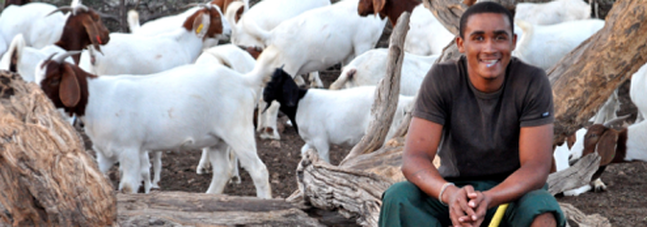|
During the devastating drought in Botswana over the summer months, CCB’s team were called in to help with the translocation of two groups of cheetahs that were causing conflict on farmlands. Although CCB has had limited success with cheetah translocations in the past and does not promote this tool as a long-term solution to human-wildlife conflict, we stepped in to assist the farmers involved and the Department of Wildlife and National Parks (DWNP) to help give these cheetahs the best possible second chance. With assistance in providing support and location information from DWNP, Vetswana, Botswana’s Swamp Lions Project, &Beyond Safaris and Thakadu Bush Camp, we were able to move the two groups of cheetahs from the farmlands into a concession in the Okavango Delta. Securing appropriate release sites for conflict cheetahs is difficult, as the habitat needs to have adequate prey and water, not be overpopulated with other cheetahs, have low numbers of competing predators like lions and be far enough away from human habitation. Thanks to the help of several stakeholders we were able to release the cheetahs into the Delta where they are happily enjoying the concessions antelope populations and taking care to avoid the few lions in the area. We continue to monitor the movements of “Sedidi” and her four cubs and “Bogale’s” coalition using satellite GPS collars. We hope that all these cheetahs remain within the protection of the Delta concessions. Thank you to all those involved that help make this translocation a possibility, including the farmers involved who actively chose a non-lethal solution to their predator problems. Without farmers taking the initiative to find non-lethal solutions to their predator problems, the survival of this species would be even more precarious that it already is.
0 Comments
The demonstration farm has been the centre attraction at our Ghanzi research camp, overflowing with a beautiful, healthy goatherd since 2010. With Mr. Reginald Phillips at the helm, the farm runs one annual breeding season in order to minimize the livestock’s vulnerability to predation. The ewes began giving birth in November 2015 and by January 2016 we had a total of 58 young ones born. The goat kids have been staying in the kraal for safety while their mothers go out to feed in the veldt with our two livestock guarding dogs. The demonstration farm acts as an example of how using adaptive management like livestock guarding dogs can result in reduced predation of livestock and result in a healthy, productive herd. With this year’s latest additions, our goatherd now stands at an impressive 136 goats.
|
SearchArchives
May 2024
Categories |


 RSS Feed
RSS Feed
